Do you know how often you should test your well water to keep it safe and reliable for your household?
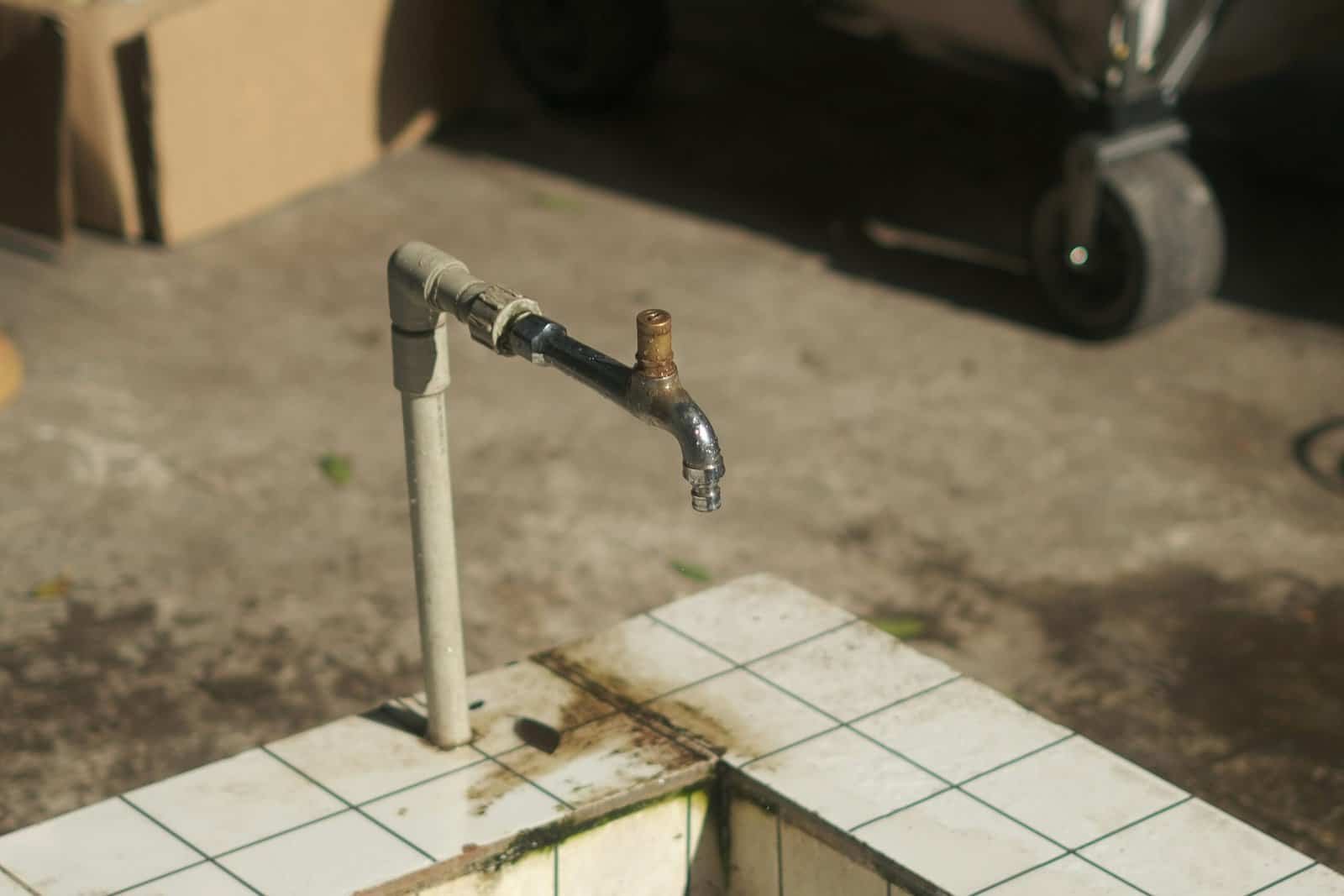
How Often Should I Test My Well Water?
You should test your well water regularly to protect your health and maintain your system. Regular testing helps you catch changes before they become serious problems and gives you peace of mind about the water you and your family use every day.
Why testing frequency matters
Testing frequency matters because groundwater quality can change over time due to weather, land use, aging infrastructure, or natural processes. If you wait too long between tests, you may miss contamination events that affect drinking water, cooking, and bathing.
Who this guide is for
This guide is for anyone who relies on a private well for household water—owners, renters responsible for wells, and caretakers. You’ll find practical schedules, what to test for, how to collect samples, and what to do with results.
General Testing Schedule
You need a baseline test and then routine tests at recommended intervals. Baseline testing establishes the starting point for water quality, and routine testing tracks changes over time.
Baseline (initial) testing
You should perform a comprehensive baseline test when you first get a well or when you move into a house with a private well. This test should include bacteria, nitrates, major minerals, and common local contaminants. The baseline helps you identify immediate problems and choose the right maintenance steps.
Routine testing intervals
After baseline testing, follow routine testing intervals that reflect common contaminants and risks. Below is a practical schedule you can follow for most private wells.
| Test or condition | How often to test | Why this interval |
|---|---|---|
| Bacteria (Total coliform and E. coli) | Every 6–12 months | Bacteria problems can start quickly after rainfall, repairs, or well cap issues. |
| Nitrate | Annually | Nitrate sources (fertilizer, septic systems) change with land use and farming seasons. |
| pH, Total Dissolved Solids (TDS), hardness | Annually | These affect equipment, corrosion, and taste and usually change slowly. |
| Iron, manganese, sulfate | Annually or when you notice staining/odor | These cause staining, taste, and odor problems and can indicate source changes. |
| Lead, copper | Every 2–3 years or after plumbing changes | Metals are typically from plumbing rather than the aquifer, so test after repairs. |
| Arsenic | Every 3–5 years or if local risk exists | Arsenic can be naturally occurring; frequency depends on geology and local reports. |
| Volatile Organic Compounds (VOCs), pesticides | Every 1–5 years if nearby sources exist | Testing depends on proximity to agriculture, industry, or known spills. |
| Radionuclides (uranium, radium) | Every 3–5 years if present or local geology suggests risk | Radioactive contaminants change slowly but have long-term health impacts. |
Event-based testing
You should test your water any time you suspect a problem or after certain events. Event-based testing catches problems that routine schedules might miss and triggers timely fixes.
Common triggers for event-based testing:
- After heavy rainfall, flooding, or a storm that may have affected the wellhead.
- After nearby construction, drilling, road work, or changes in land use.
- After your well system is serviced, repaired, or replaced.
- If you notice changes in taste, odor, color, or water clarity.
- If someone in your household becomes ill with symptoms that could be waterborne (diarrhea, vomiting).
- If you add or change plumbing or treatment equipment, especially filters, softeners, or storage tanks.
Key Contaminants to Test For
Knowing what to test for depends on local risks, well depth, and household sensitivity (infants, pregnant people, immunocompromised). Below are common contaminants and why they matter.
Bacteria: total coliform and E. coli
Testing for total coliforms and E. coli shows whether there is fecal contamination or a pathway for pathogens. If E. coli is detected, your water is unsafe for drinking until you correct the problem and confirm the water is free of bacteria.
Nitrate/nitrite
Nitrate is a major concern for infants and pregnant people because it can cause methemoglobinemia (“blue baby syndrome”). Nitrate levels can spike after fertilizer application, septic system failure, or runoff. You should test annually at a minimum.
pH and total dissolved solids (TDS)
pH affects plumbing and corrosion risk, while TDS indicates overall mineral content and can influence taste and scale buildup. Testing these annually helps you spot slow changes that affect fixtures, appliances, and treatment systems.
Metals: lead, copper, iron, manganese, arsenic
- Lead and copper are often plumbing-related and can increase after corrosion or plumbing changes.
- Iron and manganese cause staining, taste, and clogging problems but are usually not a direct health hazard at typical levels.
- Arsenic is naturally occurring in some areas and poses serious long-term health risks; testing frequency depends on local geology.
Volatile organic compounds (VOCs) and pesticides
VOCs (like solvents or fuels) and agricultural pesticides can migrate into groundwater from industrial sites, spills, or runoff. Test if you live near farms, gas stations, or industrial facilities, and consider testing more often if there’s local use or known contamination.
Radioactive contaminants
Radionuclides such as uranium or radium are naturally present in some geological formations. They present long-term cancer risks and warrant testing if your area has a history of elevated levels or if your well is over particular rock types.
How to Test: DIY Kits vs. Certified Labs
You need to decide whether to use a home test kit or send samples to a certified laboratory. Your choice depends on accuracy needs, the contaminant, and local regulations.
Home test kits
Home kits are convenient and give quick, preliminary information about common measures like pH, hardness, and sometimes bacteria. Use them for quick checks, but be aware of their limits. Home kits may produce false positives or false negatives and are not suitable for legal or official testing needs.
Certified laboratory testing
A state-certified or EPA-accredited lab provides accurate, documented results for drinking water standards. You should use a certified lab for baseline testing, legal requirements, and whenever you need reliable results to make treatment decisions. Labs give you chain-of-custody instructions, sample bottles, and shipping guidance.
Which labs to choose
Choose a lab with certification for drinking water analysis and experience with private well testing. Your local health department or environmental agency often provides a list of certified labs and may even accept samples for testing. Ask the lab which tests they recommend based on your region and circumstances.
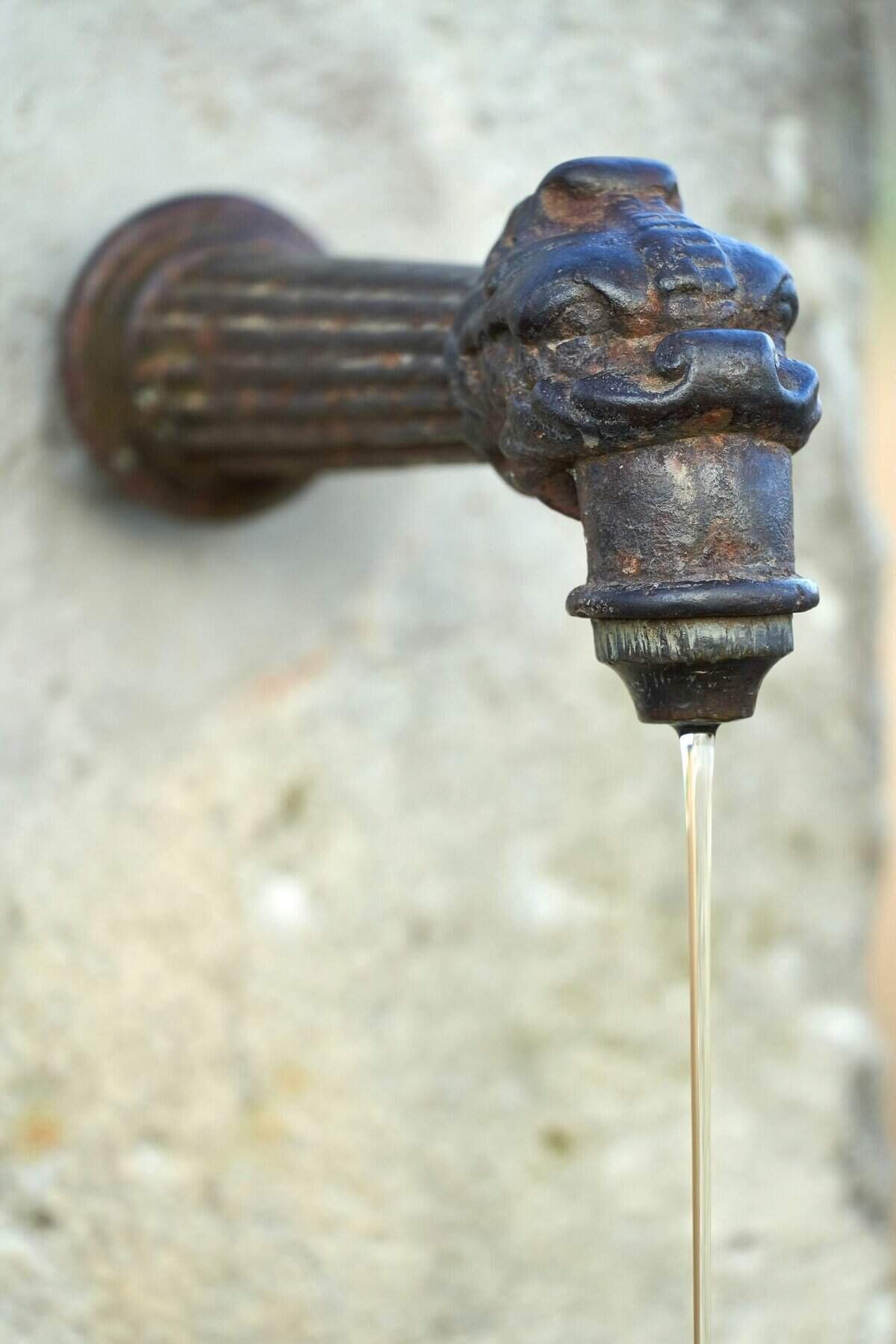
How to Collect a Proper Water Sample
Proper sampling technique is crucial to accurate results. Small mistakes in collection, storage, or shipping can invalidate a sample.
Gathering supplies and instructions
Your lab will usually supply labeled bottles and instructions. If you use a home kit, read the instructions fully. For bacteria tests, you typically need a sterile bottle and must avoid touching the inside of the cap or bottle.
Step-by-step sampling procedure
Follow these steps each time you collect a sample to limit contamination and ensure reliability.
- Choose a faucet: Use an outside hose bib or a cold-water faucet with minimal attachments. Avoid faucets with aerators or filters.
- Disinfect outlet if instructed: For bacterial sampling, your lab may recommend disinfecting the faucet with a flame or bleach, then rinsing.
- Run water: Let cold water run for several minutes to clear the plumbing and reach groundwater conditions.
- Collect the sample: Fill the bottle as instructed, leaving appropriate air space if required. Avoid touching the inside of the cap or bottle neck.
- Label and chill: Seal the bottle, label it with date/time, and keep it chilled (on ice) if required.
- Ship or deliver quickly: Deliver samples to the lab within the timeframe they specify—often within 24 hours for bacteria.
Common sampling mistakes to avoid
- Using a faucet with a filter or treatment device between the well and the outlet.
- Letting the bottle touch the faucet or cap touch the bottle mouth.
- Waiting too long to get samples to the lab, especially for bacterial tests.
- Not following lab instructions for special preservatives used in bottles for certain chemical tests.
Interpreting Test Results
Once you receive lab results, you need to understand what the numbers mean and whether action is required. Results usually include measured concentrations and applicable standards or advisory levels.
Understanding standards and units
Most results are reported in mg/L (milligrams per liter) or µg/L (micrograms per liter). Compare results to EPA maximum contaminant levels (MCLs) for public water systems or state guidelines for private wells. Remember private wells are not regulated the same as public systems, so advisory levels help you decide.
What to do if your results exceed guidelines
If a contaminant exceeds health-based guidelines, take immediate steps:
- Stop using the water for drinking and cooking if bacteria, nitrates, or acute contaminants are present.
- Use bottled water for infants, pregnant people, and immunocompromised household members until you resolve the issue.
- Retest to confirm the result, especially for bacteria or any single-sample exceedance.
- Contact your local health department for guidance and to discuss potential sources and treatment options.
When to call a professional
Call a licensed well contractor, water treatment professional, or public health official for:
- Persistent bacteria contamination.
- High nitrate or arsenic levels.
- Complex contaminant mixtures like VOCs and metals.
- If you need treatment system design, installation, or maintenance.
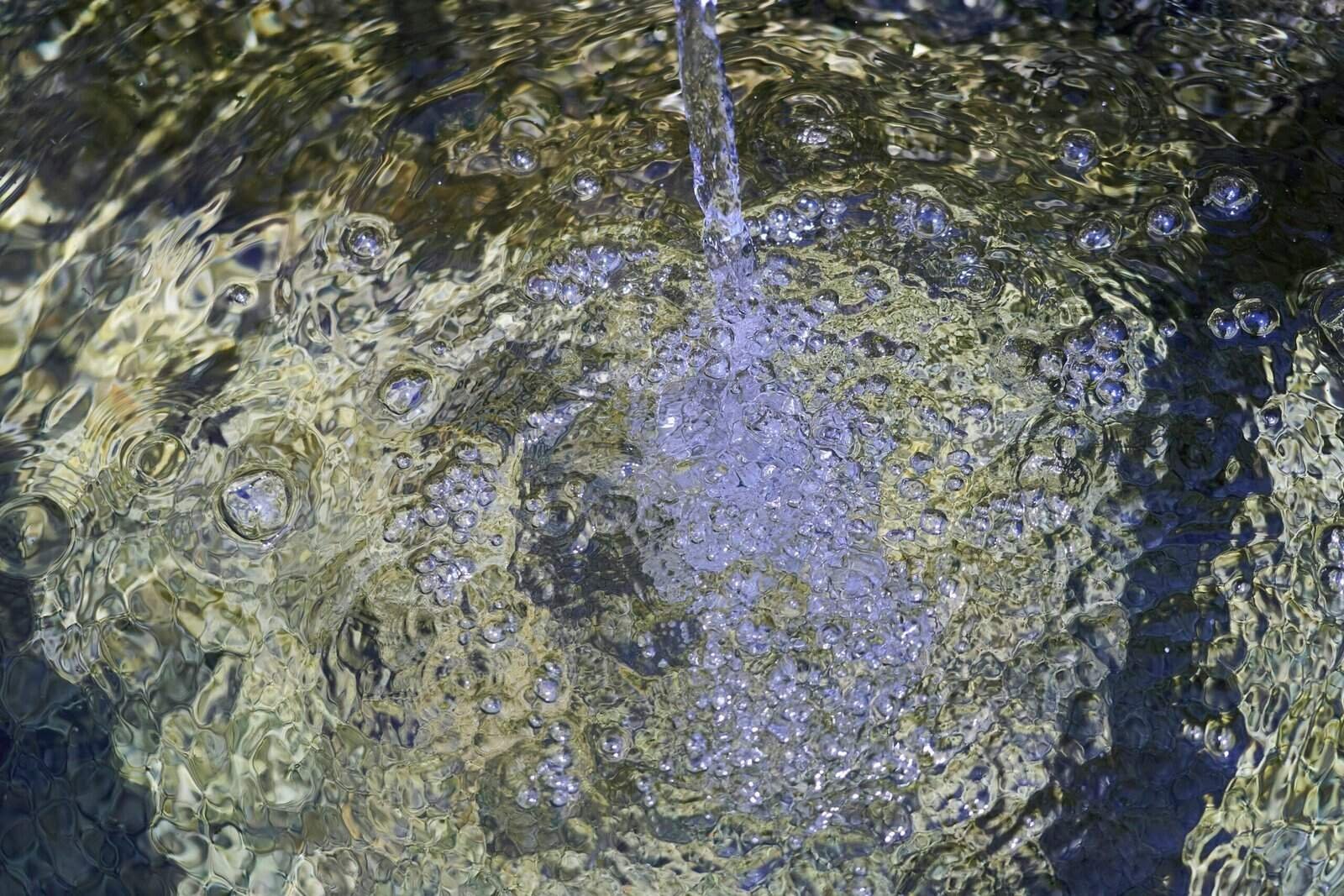
Treatment Options and Their Fit
Treatment depends on which contaminants you have and their concentrations. Some treatments address multiple issues; others are specialized.
Disinfection for bacteria
If bacteria are detected, shock chlorination of the well and distribution system is a common remedy. It can remove bacterial contamination caused by a temporary breach, but persistent contamination may indicate groundwater problems or structural issues requiring repair.
Filtration and removal technologies
Below is a simplified table of common contaminants matched with typical treatment options. Use it as a starting point and consult a professional for system sizing and maintenance guidance.
| Contaminant | Common treatment options | Notes |
|---|---|---|
| Bacteria | Shock chlorination, continuous disinfection (UV, chlorination) | UV is effective but requires reliable electricity and pre-filtration. |
| Nitrate | Ion exchange, reverse osmosis, distillation | For whole-house concerns, consider ion exchange or blended solutions. |
| Arsenic | Adsorptive media, reverse osmosis, coagulation/filtration | Treatment depends on arsenic species (As III vs As V). |
| Lead/Copper | Corrosion control, point-of-use RO, replace plumbing | Address plumbing sources first and test after fixes. |
| Iron/Manganese | Oxidation/filtration, water softeners, greensand filters | May require pre-treatment to prevent clogging of final filter. |
| VOCs | Granular activated carbon (GAC), air stripping, RO | VOCs often require specialized systems and professional design. |
| Hardness (calcium/magnesium) | Ion exchange softeners, template-assisted crystallization | Softening protects appliances but adds sodium to water if using salt-based softeners. |
| Radionuclides | Ion exchange, reverse osmosis, specific media | Treatment choice depends on specific radionuclide and concentration. |
Point-of-use vs whole-house systems
- Point-of-use (POU) systems treat water at a single tap, usually for drinking and cooking (e.g., under-sink RO). They are less expensive but do not protect appliances, showers, or laundry.
- Whole-house (POE) systems treat all water entering the home, protecting plumbing and fixtures. They are more expensive but may be necessary for iron, manganese, or hard water issues.
Maintenance and Record-Keeping
Maintaining your well system and keeping records helps track trends and ensures treatment systems keep functioning. Good documentation supports troubleshooting and resale value.
Well maintenance tasks
- Inspect and secure well cap and casing annually to prevent surface contaminants from entering.
- Keep hazardous chemicals, fuel, and septic systems away from the wellhead.
- Maintain proper grading and drainage to keep surface water away from the well.
- Schedule pump and pressure tank checks based on manufacturer recommendations.
Treatment system maintenance
- Change filters and media according to the manufacturer and lab recommendations.
- Service UV units annually and replace lamps per the schedule.
- Regenerate water softeners and replace RO membranes as needed.
Record-keeping
Keep a water quality log with:
- Dates and results of tests and the lab used.
- Records of maintenance, repairs, and any shock chlorination events.
- Receipts and manuals for treatment equipment.
- Copies of local advisories and any communications with health departments.
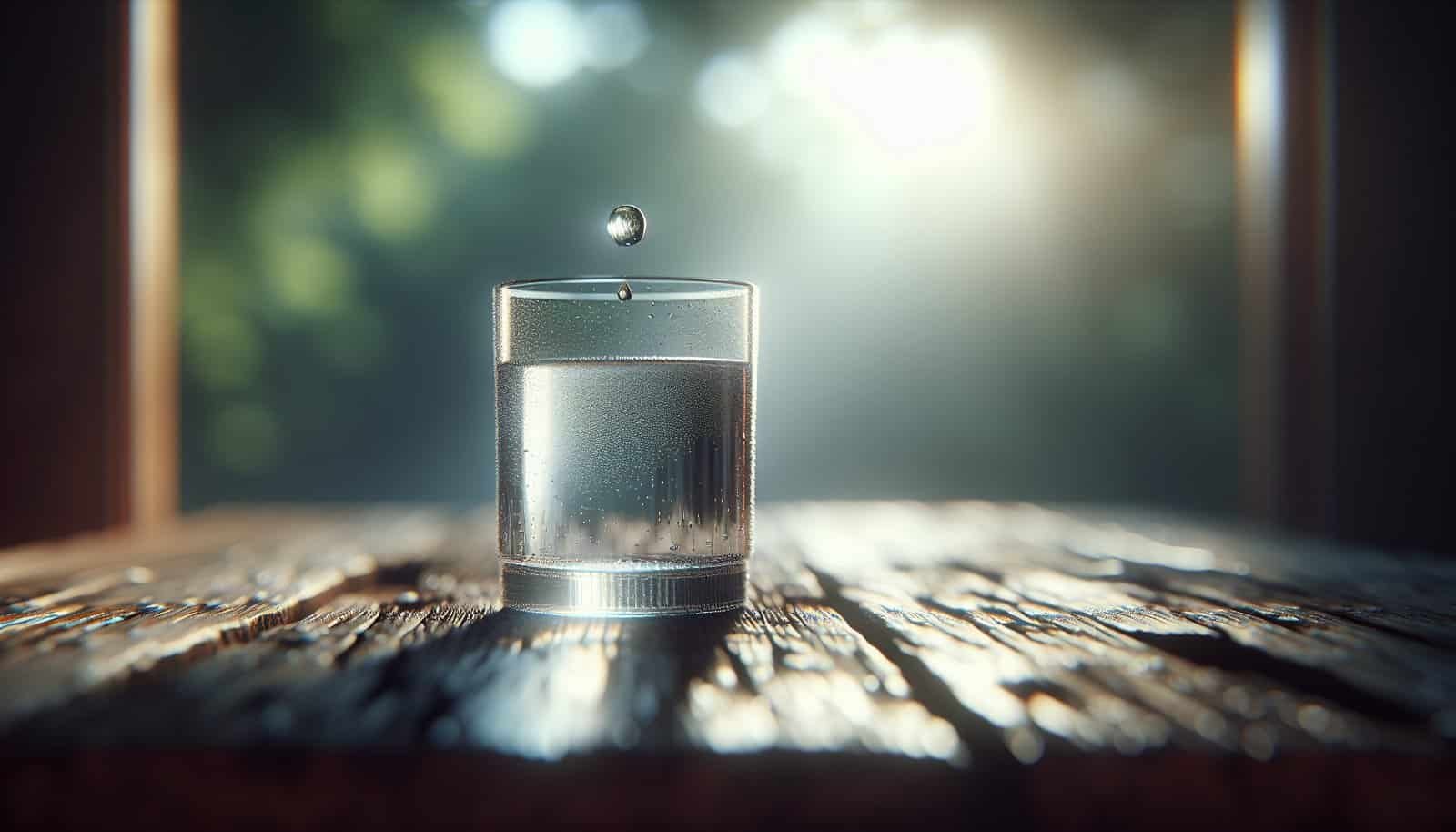
Special Situations and Vulnerable Populations
Certain circumstances call for more frequent testing or stricter standards because of increased health risks.
New wells and well construction
You should test a new well as soon as it’s completed and again after a few months of use. Construction can introduce contaminants or cause changes in water chemistry once the well stabilizes. Test for bacteria and key chemical contaminants recommended by your local authority.
Pregnancy, infants, and immunocompromised individuals
Households with pregnant people, infants, or immunocompromised members should test more frequently and take extra precautions. Use bottled or treated water for formula, drinking, and cooking until you are confident in water quality.
Rural agricultural or industrial areas
If your well is near farms, feedlots, chemical storage, or industrial activity, test more frequently for nitrates, pesticides, and VOCs. Local agricultural practices and potential spills increase risk.
Cost Considerations
Testing costs vary by the number and complexity of tests. Budgeting helps you plan routine testing and necessary treatments without surprises.
Typical cost ranges
- Basic bacterial test: $25–$60.
- Comprehensive panel (bacteria, nitrates, major ions, metals): $150–$400.
- Specialized tests (VOCs, radionuclides): $100–$500+ per test.
- Treatment systems: $500 for small POU units up to $10,000+ for whole-house installations depending on complexity.
Ways to reduce cost
- Check whether your local health department or extension service offers low-cost testing programs.
- Prioritize tests based on your baseline results and local risks.
- Combine tests into panels rather than ordering many single tests separately to save lab fees.
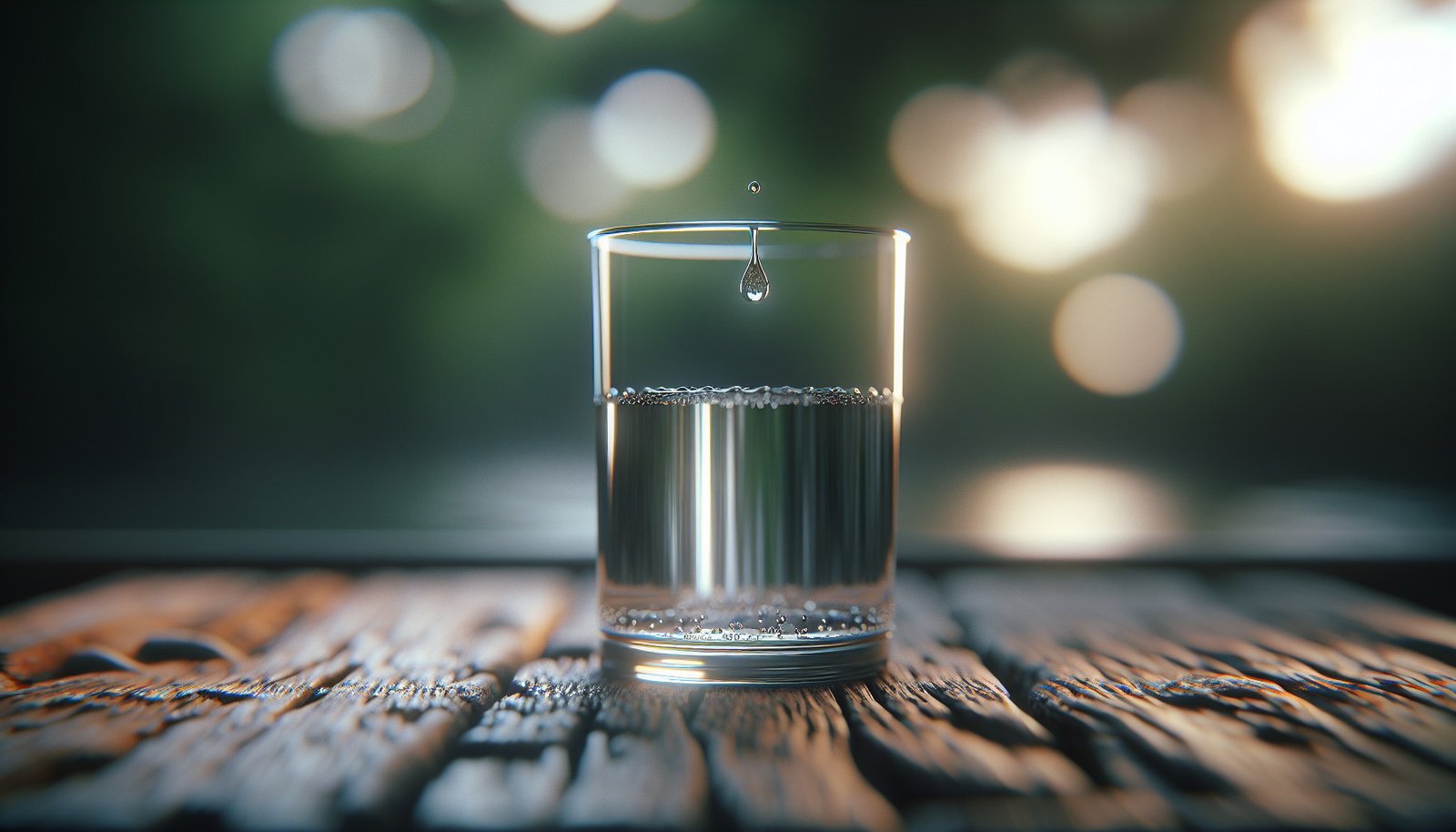
Working with Local Health Departments and Resources
Your local health department, university extension, or state environmental agency can be a valuable resource for testing guidance and recommendations. They often provide region-specific advice and may recommend laboratories.
Local testing programs
Many counties offer reduced-cost or subsidized testing programs during certain months. Contact your health department to learn about these programs, possible sample pickup points, and educational materials.
Interpreting local advisories
Local advisories and geological surveys provide context about typical contaminants in your area. Use that information to focus testing and to understand whether results are likely due to natural geology or human activities.
Frequently Asked Questions
Answering common concerns can reduce confusion and help you act quickly when needed.
How soon should I retest after contamination?
If you detect bacteria, retest after you treat the well (e.g., shock chlorination) and follow lab guidance—typically within 1–2 weeks for a confirmatory test. For chemical contaminants, retesting after corrective action depends on the treatment; consult professionals.
Can a well become safe again after contamination?
Yes. Many bacterial contaminations are temporary and can be resolved by correcting wellhead issues and proper disinfection. Persistent contamination may require well repair, improved construction, or changing the water source.
Are public water standards applicable to private wells?
EPA drinking water standards (MCLs) apply to public water systems; private wells are not regulated by the EPA. However, those standards are useful benchmarks for private well owners to assess health risks and make treatment decisions.
Summary and Final Checklist
Keep testing on a schedule and test when conditions change. Maintaining records and responding quickly to adverse results protects your family and property. Below is a checklist you can follow to manage well-water testing and safety.
- Baseline test when you move into a property or install a well.
- Test bacteria every 6–12 months and nitrates annually.
- Test for metals, VOCs, and other local contaminants based on geology and land use.
- Test after storms, repairs, or noticeable changes in water quality.
- Use a certified lab for accurate, actionable results.
- Maintain the wellhead, plumbing, and treatment systems.
- Keep detailed records of tests, maintenance, and any treatments.
- Consult local health officials and water professionals for persistent or complex problems.
By following a clear testing schedule, using proper sampling methods, and responding to results with appropriate treatment and maintenance, you can keep your well water safe and reliable. If you need assistance finding tests or interpreting results, your local health department or a certified water testing laboratory can help.
